Rarely has the full story been told about how a famed botanist, a pioneering female journalist, and First Lady Helen Taft battled reluctant bureaucrats to bring Japanese cherry trees to Washington.
-
Spring 2023
Volume68Issue2
This spring, one of the most delightful signs of rebirth after a deadly pandemic and the dreary months of winter will be the blossoming of hundreds of cherry trees along the Tidal Basin, which typically brings an estimated 1.5 million visitors to the nation’s capital.
But few visitors know how those trees first came to our country and started a nationwide trend. In fact, the full story of the three visionaries who made it happen is rarely told.
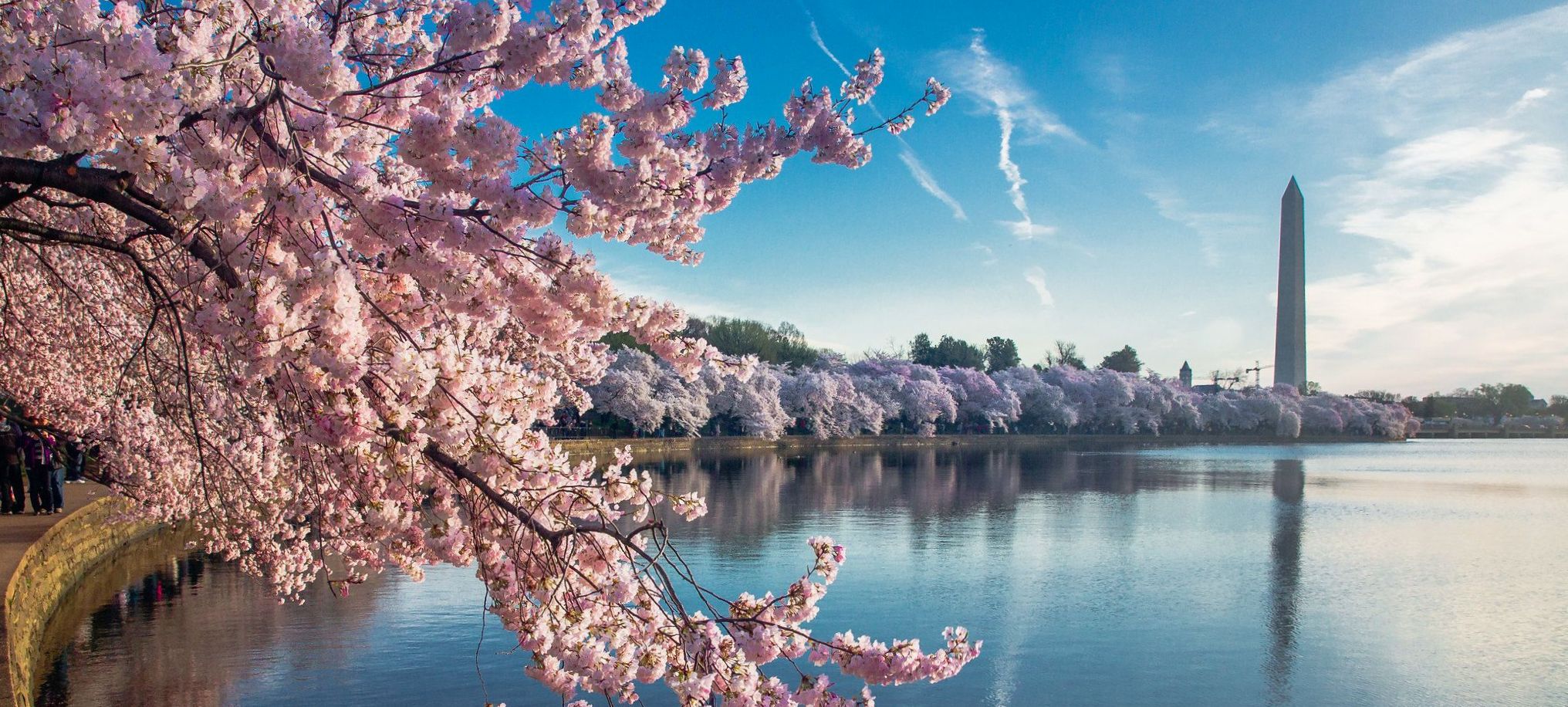
One hidden clue is an elderly cherry tree growing in the playground of a nursery school in Chevy Chase, Maryland on the former property of botanist David Fairchild. The 117-year-old tree still valiantly produces a leaning tower of delicate, pink blossoms pushing up from its gnarled and corky trunk.
David Fairchild, the most renowned American plant explorer of his time, planted this cherry tree with great fanfare in 1906 as an experiment, to learn if the beautiful Yoshino cherries he had seen in Japan could grow in the U.S., as well.
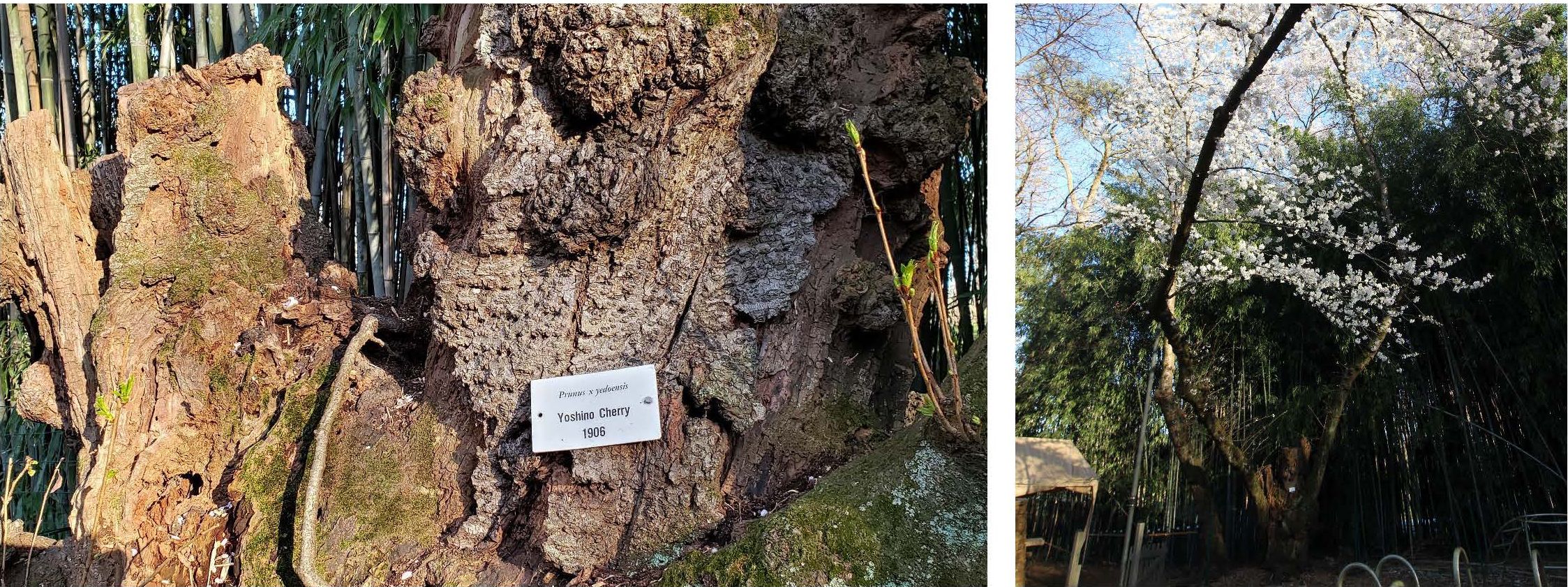
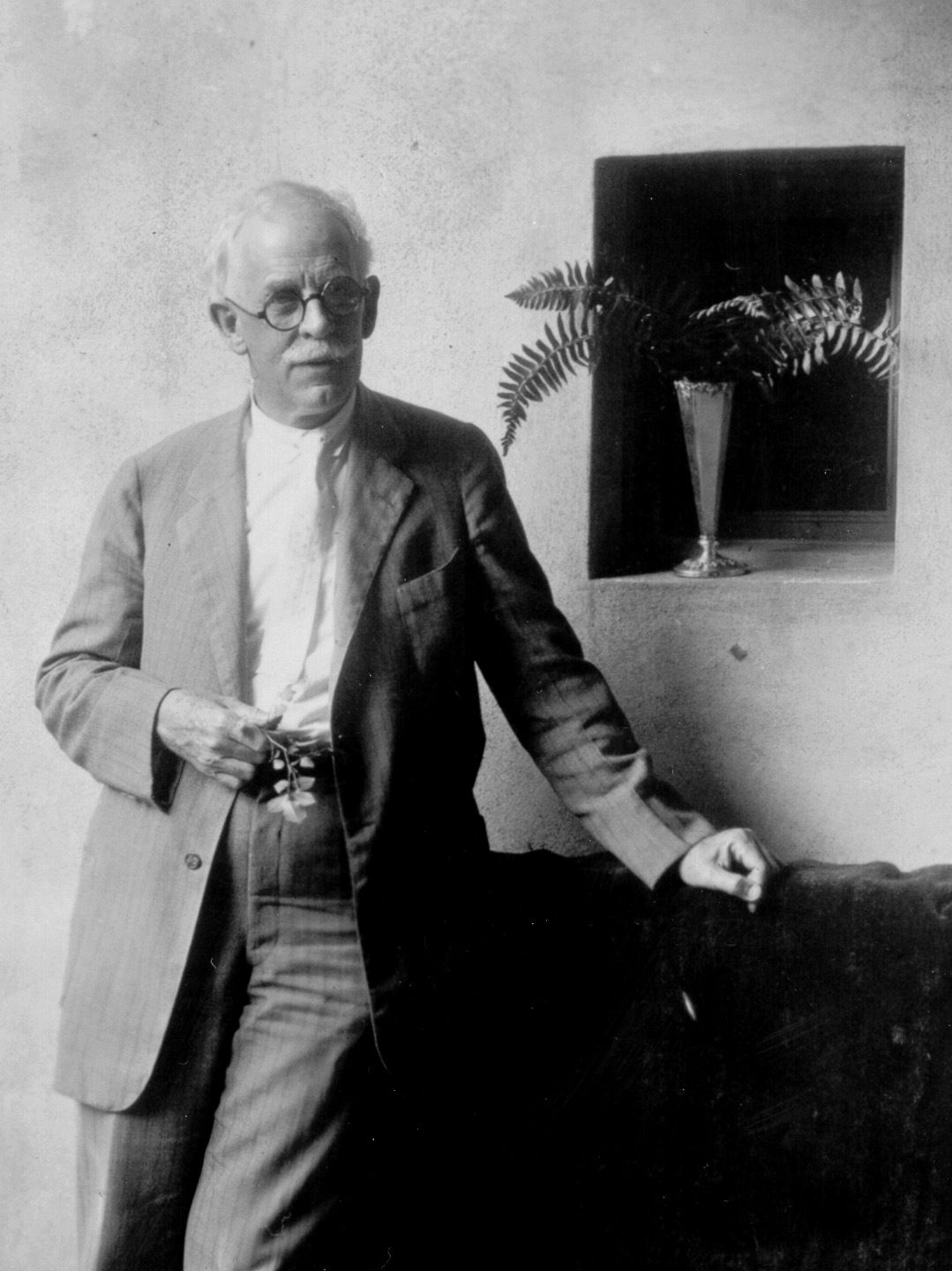
Few people have impacted as many lives as did David Fairchild. He created the Plant-Introduction Section of the Department of Agriculture in 1898 and, for the next 37 years, traveled the world in search of plants that could benefit Americans. He and his staff are said to have introduced more than 100,000 plant species and varieties into the U.S., including soybeans, mangos, avocados, dates, alfalfa, nectarines, pistachios, horseradish, bamboo, and kiwifruit. The introduction of durum wheat from Siberia transformed the economy of the Dakotas, and soybeans are now the second most valuable crop in America after corn, with a total worth of $46.1 billion in 2020.
When Fairchild first visited Japan in 1902, he was astonished to discover the cherry trees. “I had no idea of the wealth of beauty, form, and color of the flowering cherries,” he wrote in his memoirs, noting that there were only a few examples anywhere in the Washington area, and the species had no consistent name.
“I could not fail to catch their spirit, and I realized that here was something so remarkable that it deserved to be studied by my countrymen and introduced into the United States, if possible,” he wrote.
He traveled around Japan, visiting botanical gardens, commercial nurseries, and small gardens all over the country, getting around by train and hand-pulled rickshaws. He was fascinated by the diet of the Japanese and the "bean cheese" or tofu they often served.
Recently, Library of Congress curator Ryan Moore discovered a map of Japan that Fairchild scribbled notes over during his 1902 tour in search of valuable plants to introduce into the U.S. On the map, Fairchild noted that Yoshino near Nara was the “center of cherry blossom cultivation,” and that “the best rice is said to come from Higo Province, giant radishes from Sakurajima, and large bamboos from Kagoshima.”
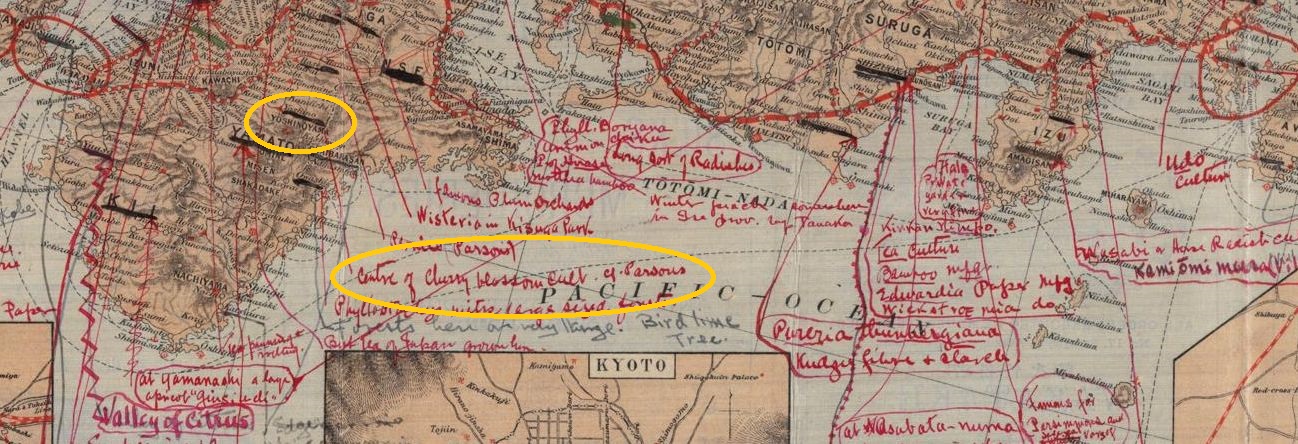
Many experts told him that cherry trees would not grow in the U.S. because of the temperature extremes, and indeed, the first batch sent to the Department of Agriculture gardens in Chino, California died in the heat.
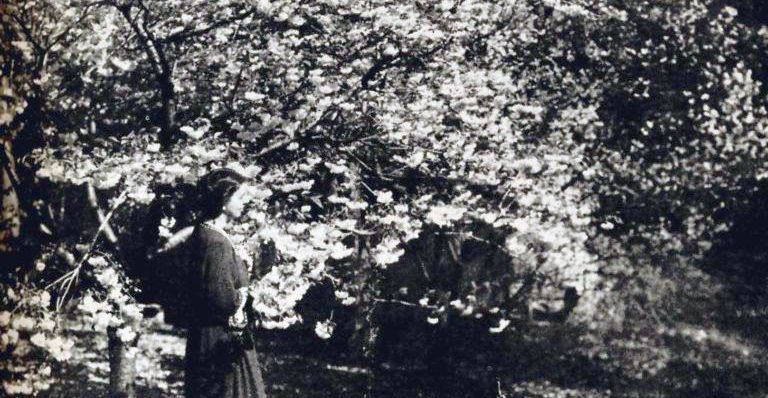
Fairchild and his wife Marian bought 40 acres in Chevy Chase in 1905 that they named "In The Woods." One of their dreams was "to have a place where we could grow Japanese flowering cherry trees," he later recalled. "It was all an experiment in those days. Doubt of their hardiness had been expressed by so many horticultural experts that I tried to coddle (the trees) by planting them in sheltered spots."
Fairchild ordered a shipment of saplings from the Yokohama Nursery Company and hired a Japanese-American gardener to help him. "Mr. Mori cleared places here and there among the cedars and made what he called a sakura-no, or a field of cherries, and later a sakura-michi or cherry path."
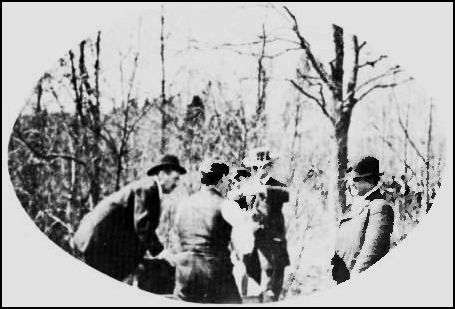
When the trees bloomed, the Fairchilds invited visitors to witness the beautiful display. They showed off their sakura to the Japanese ambassador and the Secretary of the Interior, Franklin Lane, who, like many Americans, was confused about the absent cherries. Why didn't the trees produce something edible, he asked. "Must a rose or dogwood produce a fruit for us to eat?" Fairchild replied.
The following year, he encouraged the Chevy Chase Land Company to order 300 trees for their properties in suburban Maryland.
His efforts to promote flowering cherries led to an event on Arbor Day, March 27, 1908. A child from each school in the city was invited to come to In The Woods, get a young sapling, and plant it back at their school. "Each boy was shown how to dig and plant his tree," he wrote. "We gave them a little talk on tree culture."
The following day at the Franklin School, Fairchild led a discussion about the Arbor Day event and invited Eliza Scidmore, "the most noted writer on Japan," to participate. After a ceremonial tree-planting in Franklin Park, he showed some views of the Speedway, a new road along the Potomac that was still unplanted. At the close of the lecture, he pointed out that "the Speedway would be an ideal place for a Field of Cherries."
"Although the participants did not realize it at the time, the Franklin Park tree-planting was historically significant," historian Roland Jefferson later pointed out. It was the first public expression of the idea of planting cherries along the Potomac.
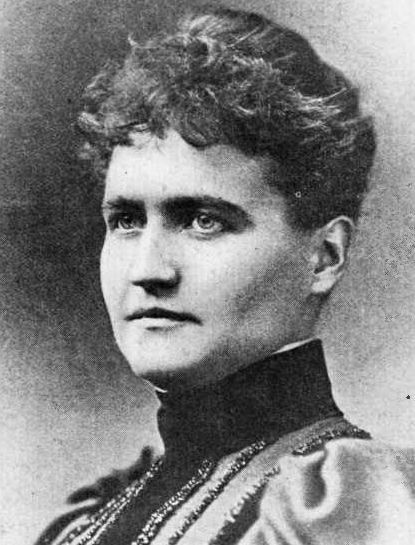
The next day, The Washington Star published an article, "Celebrate Arbor Day. Pupils Plant Japanese Flowering Cherry Tree." The reporter said that, "Mr. Fairchild described the beautiful flora of Japan and aroused the enthusiasm of his audience by telling them that Washington would one day be famous for its flowering cherry trees."
It turned out that Eliza Scidmore had been trying for years to convince the Parks Department to turn the swamp along the Potomac into a promenade with cherry trees. Now, she had an ally in Fairchild, the well-connected botanist in the Agricultural Department with wide experience in growing newly introduced plants.
Scidmore had first gone to Japan in 1885 when her brother George was an American consular official in Yokohama. She lived in Japan on and off throughout much of her life, and gave lectures and wrote about what she saw there for numerous magazines and newspapers.
In her second book, Jinrikisha Days, published in 1891, Eliza wrote that no one could “be indifferent to the poetic charm of the Japanese springtime, wherein the setting of the buds, their swelling, and the gradual unfolding of sakura (the cherry blossoms) are matters of great public concern.” The newspapers print "advance dispatches from the trees.”
All the major cities in Japan had special parks where people gathered to see the cherry trees when they were in bloom. "The universal green mantle of the earth is adorned with airy drifts of plum and cherry blossoms," she wrote. And “the glorious April cloudburst of cherry blossoms decks the empire in wreaths of white and pink, and fills the people with joy.”
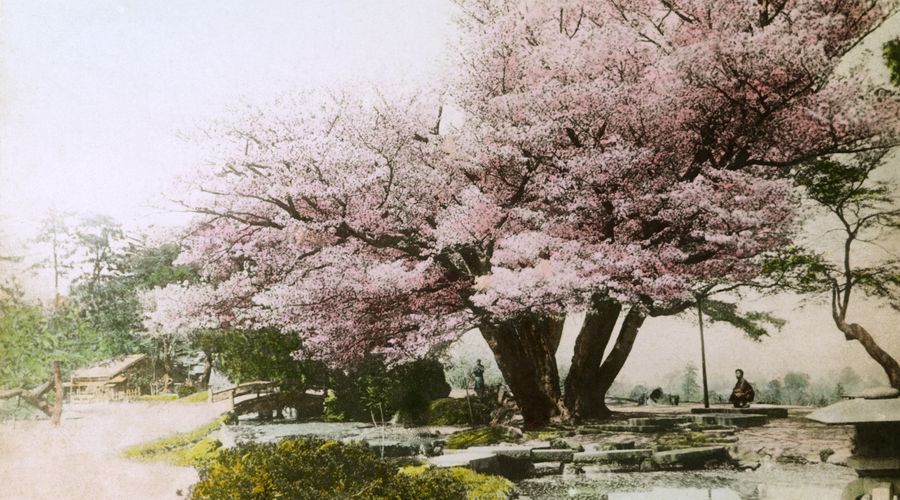
A spectacular mile-long avenue of trees in Tokyo, called Mukojima, inspired in Scidmore the idea of creating a similar park in the nation’s capital on land recently reclaimed from the Potomac River.
As she later explained to a Washington Star reporter, "since they had to plant something in that great stretch of raw, reclaimed ground by the river bank, since they had to hide those old dump heaps with something, they might as well plant the most beautiful thing in the world—the Japanese cherry tree."
Eliza had taken up the cause with the Park Service in Washington, but officials didn’t think much of her idea. In fact, over the next 24 years, she presented her plan to each Superintendent of Public Buildings and Grounds, with no success.
One superintendent complained that policemen would be needed in the park day and night when the cherries were ripe to keep boys from climbing the trees and breaking the branches. When Skidmore explained that the trees did not produce edible cherries, the response was: "What! No cherries! No cherries! Huff! What good is that sort of cherry tree?”
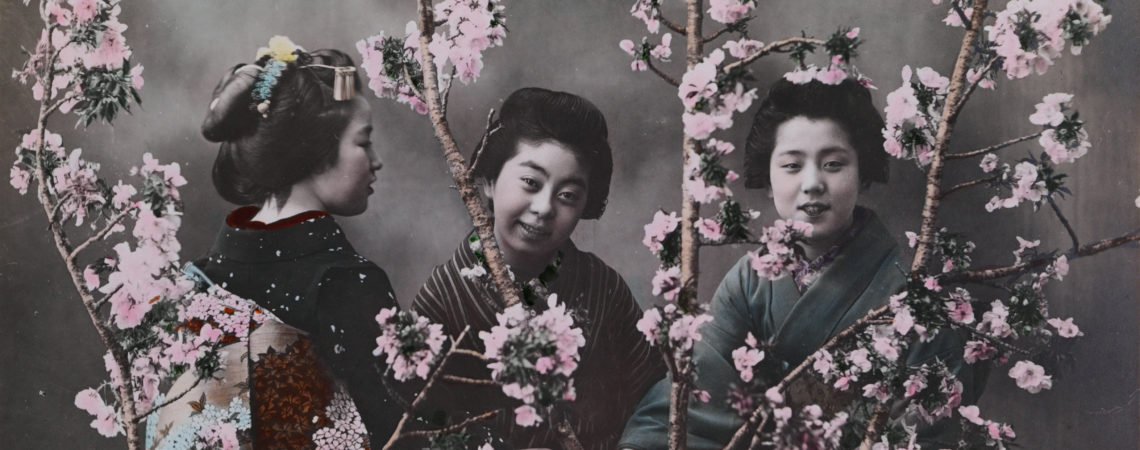
Scidmore kept lobbying, but her requests "were of no avail, no matter how fervent, long or often-repeated to successive indifferent and obdurate Superintendents.”
At the 1908 Arbor Day event, she talked with Fairchild about her dream of planting trees on the newly reclaimed land of Potomac Park. They soon began working on plans to acquire trees for the park. Scidmore hoped for donations to buy 100 trees each year so that, after ten years, "there would be a great showing in Potomac Park – a rosy tunnel of interlaced branches, a veritable Mukojima along the river's bank."
She sent a note to First Lady Helen Taft, requesting her approval and assistance. At the White House, Mrs. Taft also happened to be working on plans to beautify the area.
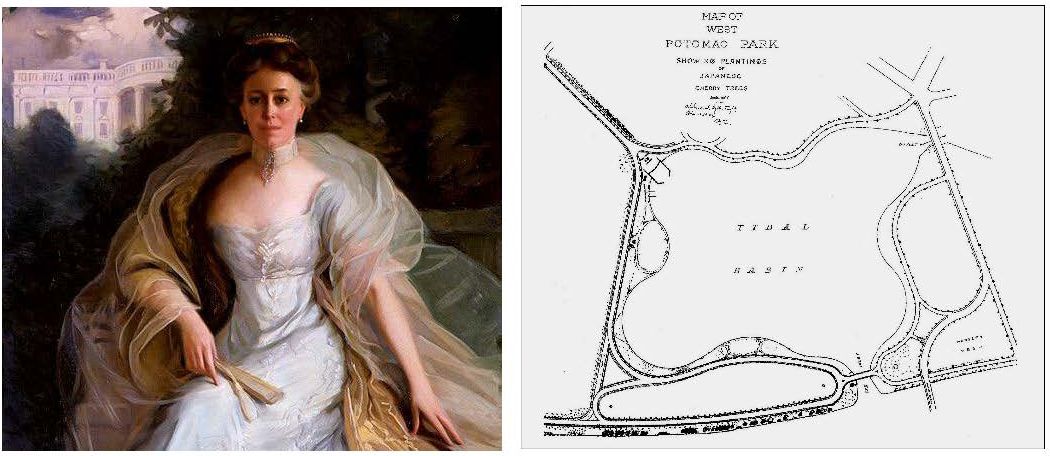
Two days after sending her note, Scidmore received a positive response from the First Lady. Not only did Mrs. Taft like the idea; she immediately made arrangements to acquire some cherry trees for Potomac Park. The First Lady had visited Japan when her husband was Theodore Roosevelt's Secretary of War and had experienced the beauty of those blossoms firsthand.

With Helen Taft's support, the idea quickly gained popularity. Newspapers reported the developments, and Secretary of State Philander Knox spoke with the Japanese ambassador. On August 30, 1909, the Japanese embassy notified the State Department that "the City of Tokyo, prompted by a desire to show its friendly sentiments towards its sister Capital City of the United States, has decided to offer as a gift two thousand young trees raised in Japan."
When the trees finally arrived in January 1910, Fairchild discovered that they were so severely pruned that most of them would probably die. Even worse, they were infested with three serious types of insect pests. One Agriculture Department botanist claimed that they were the "worst infestation by insects and root galls" he had ever seen.
The matter was profoundly embarrassing. "With the growing interest of the public in the cherry trees generated by the press, a reaction of dismay and regret best described the official mood," wrote National Arboretum historian Roland Jefferson later. "Informing the Japanese government of the ill-fated status of the donated flowering cherry trees required the utmost delicacy and diplomatic sensitivity."
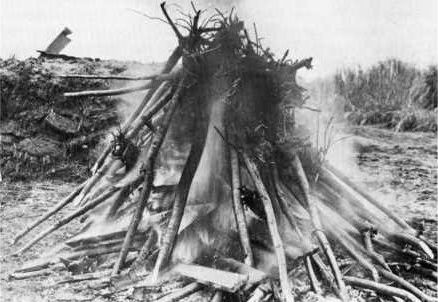
The trees and their packaging were immediately burned, upon the approval of President Taft, and the State Department notified the Japanese authorities of their "deep regret." But the diseased trees did bring about one positive outcome: they showed the need for an effective monitoring system for introducing plants into the United States.
Ironically, Tokyo Mayor Yukio Ozaki happened to be in Washington when the trees were burned in 1910, and he urged the Japanese government to take immediate steps to send a new shipment. By January 1912, 6,000 young trees selected from the finest specimens growing along the Arakawa River in Japan were on their way to America. Needless to say, the trees had been thoroughly fumigated.
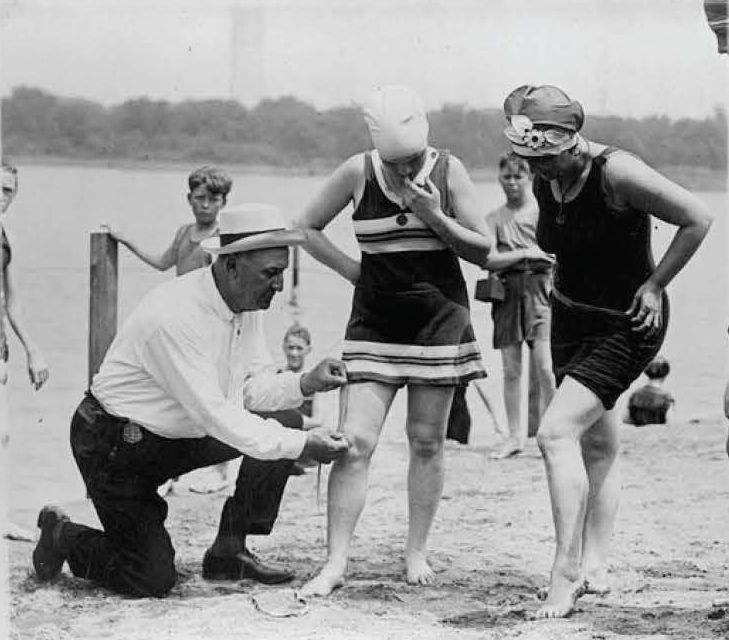
The following month, Mrs. Yei Ozaki, the Tokyo mayor's wife, sent a letter to Mrs. Taft characterizing the second shipment of trees as a "memorial of national friendship between the U.S. and Japan." On March 27, the First Lady participated in a simple ceremony of planting the first tree along the Tidal Basin. Eliza Skidmore joined her.
In our own time, with tens of thousands of flowering trees brightening up springtime across our country, few realize how these beautiful trees came to America. One who did know was Eleanor Roosevelt. As she wrote in Reader’s Digest four decades after the cherry trees came to the capital, “I always recall that we are indebted for this magnificent spectacle to the energy and vision of one American, Miss Eliza Scidmore.”

